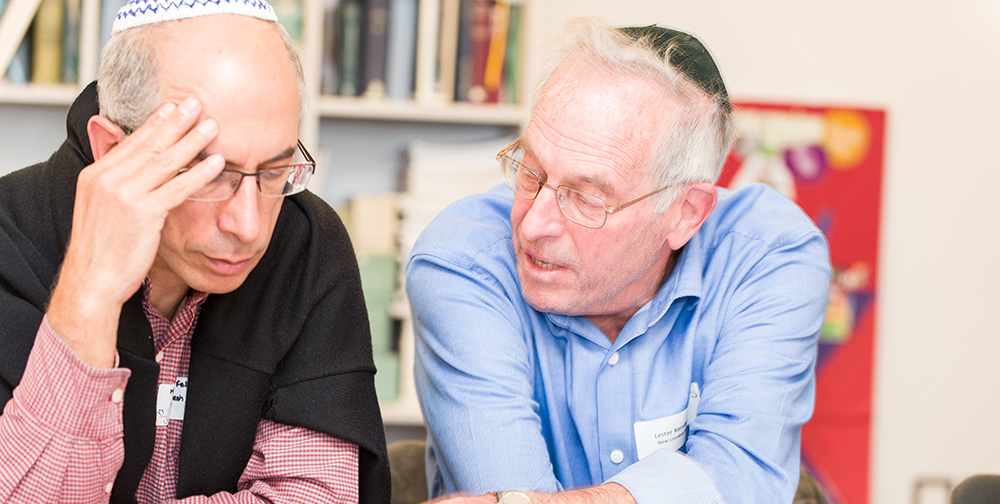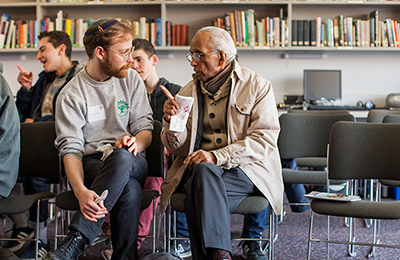Reflections: Shemot
Texts and beliefs
By Jonathan Wiseman
05th Jan 2013

| Parshat Shemot does not begin where the book of Bereishit ended. At the end of Parshat Vayechi, Joseph dies, having prophesied to his brothers that God will bring them out of Egypt to the land he promised to Abraham, Isaac and Jacob. Yet at the opening of Parshat Shemot, the Children of Israel are enslaved to Egypt, and the Torah tells us explicitly that the king who has arisen ‘knew not Joseph’. Moreover, there is a tradition that the Children of Israel had themselves ceased ‘to know Joseph’, having abandoned the faith of their ancestors. Shemot Rabbah states (1:8) that on the death of Joseph, the Children of Israel ceased to practise circumcision and that it was this that caused God to turn the hatred of the Egyptians onto them. This would certainly be an explanation for why, towards the end of the Sedrah, Zipporah circumcises Gershom, who is considerably older than eight days, after God seeks to kill Moses, possibly for his having failed to circumcise his son. It is apparent from the opening of the Sedrah that the Children of Israel lack strong male leadership. Even as Moses emerges as a possible leader, he cuts an unpromising figure: killing the Egyptian overseer before fleeing to Midian and marrying a gentile woman. Even when God appears to him in the burning bush he seeks to eschew his destiny. Notwithstanding that God entrusts Moses with miracles that he can perform to Pharaoh, Aaron is required to be appointed as Moses’ mouthpiece. And so we find ourselves at a hiatus in the biblical narrative, between the strong (albeit not always perfect) leadership of the Patriarchs in Bereishit and the leadership of Moses, Aaron and Joshua for the rest of the Torah. The Children of Israel are not without heroic leaders in Parshat Shemot. However, those leaders are not the men who will dominate the narrative in the subsequent Parshot. Rather, they are the women. We learn of the midwives, Shiphrah and Puah, who lie to Pharaoh to save Israelite children. Moreover, the lie that they tell Pharaoh (‘Hebrew women are not as Egyptian women; for they are lively, and are delivered ere the midwife come unto them’) is about the strength of the Israelite women; and it is a lie sufficiently believable to convince Pharaoh. Next comes Moses’ mother. It is no coincidence that the word used for the basket in which she places Moses is ‘tevah’, an ark. The matriarchal saving of the Jewish people culminates in the scene referred to above when Zipporah, seeing God seeking to kill Moses, circumcises Gershom and angrily throws the foreskin at Moses’ feet. Thus the Children of Israel are saved because a gentile woman performs the mitzvah that Moses had failed to. There are a number of readings of this reversal of traditional gender roles in Parshat Shemot. One is that it symbolises the emasculation of the Children of Israel caused by Egyptian oppression. More convincing, perhaps, is the tradition that the positive role played by the women of these narratives is the narrative itself. Thus Rabbi Avira expounded: ‘Israel was redeemed from Egypt on account of the righteous women of that generation’. Jonathan Wiseman is a member of New North London Synagogue |




